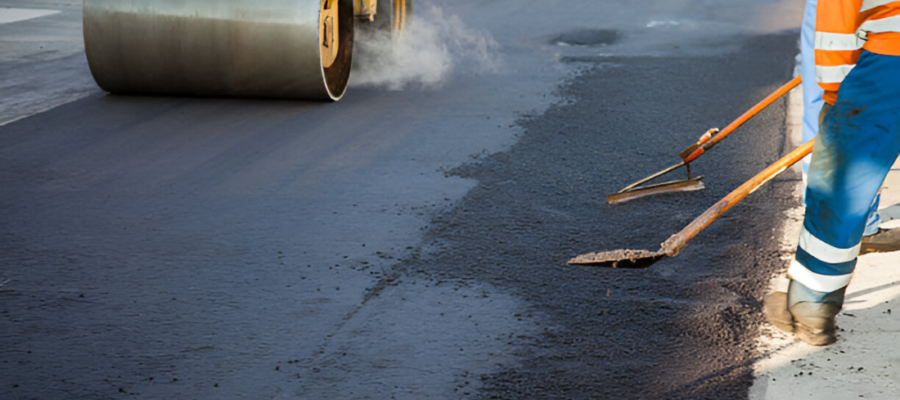
Most automobiles would be nearly useless without asphalt. Asphalt pavement is a defining feature of modern society, allowing for simple and inexpensive transportation. Every day, it’s all around us, but most people are unaware of its origins. Bitumen, also known as asphalt, is a viscous, black, almost solid form of oil.
It can be found both naturally and in a refined form. Its most common application nowadays is in highways (where approximately 70 percent of asphalt goes). The majority of people think it’s a brand-new invention.
Asphalt, on the other hand, has a long history dating back to ancient times, when it was used for a variety of purposes. We’ll look at how asphalt has been used throughout history, with a focus on recent innovations and developments.
Ancient Asphalt
Asphalt was used for waterproofing by ancient Indus valley civilizations around 5000 BC. It was also used by the Sumerians and Babylonians for adhesive and waterproofing. Bitumen was used in the embalming process by the ancient Egyptians, who obtained it from the Dead Sea.
Items were made in ancient Japan by boiling down bitumen to finer ingredients and then forming it. Bitumen emulsion was used in the ancient Americas to make the sharp points of arrows and spears, as well as to waterproof canoes. It can also be heated in pots to keep mosquitoes away.
Asphalt is derived from the ancient Greek word asphatos, which means “to secure.” Until the 1800s, asphalt was used as a waterproofing and sealing agent all over the world, particularly in Europe and the Middle East.
Modern Asphalt
In the early 1800s, the first asphalt roads were built. In 1824, natural asphalt was used to pave the Champs-Elysee in Paris. This is widely considered to be the world’s first modern asphalt road.
Roads were being built with broken stones in Scotland at the same time. They were later joined with hot tar to form a tarmacadam-like surface. Hot tar was used to make maintenance easier and to extend the life of the road while also reducing dust.
These early roads paved the way for the massive motorway construction projects of the twentieth century.
The goal of asphalt production in the latter half of the twentieth century was to improve quality. Automation and mechanization had effectively achieved economies of scale, so quality became a priority. Asphalt recycling was common in the early twentieth century, but the rise of new asphalt refineries in the 1950s made it cheaper to buy new asphalt than it was to recycle it.
The importance of reusing existing materials was highlighted during the energy crisis of the 1970s. Asphalt recycling has resurfaced. Asphalt is still the most recycled material in some parts of the world.
The National Center for Asphalt Technology was established in 1986. The NCAT is the world’s best location for research and development. Over the last 50 years, thanks to the centralization of asphalt research and science, asphalt pavement has begun to be used in a wide range of applications and locations.
For runways and loading docks, high-durability mixtures are used. Asphalt has been improved over time to make it more efficient, environmentally friendly, long-lasting, and smoother.
Asphalt today bears little resemblance to its early uses as a seaming material for baskets, or even to its early uses as a road surface. Looking back, however, the progress made in this ubiquitous substance, particularly over the last 100 years, is astounding.
Do you need asphalt paving?
If you’re a paving project, look no further than Bedrock. We are a manufacturing company that offers the best quality asphalt material for paving projects. Besides, the team will assist you with every aspect of the job. Contact us for the best quality bitumen emulsion in Maharashtra.




